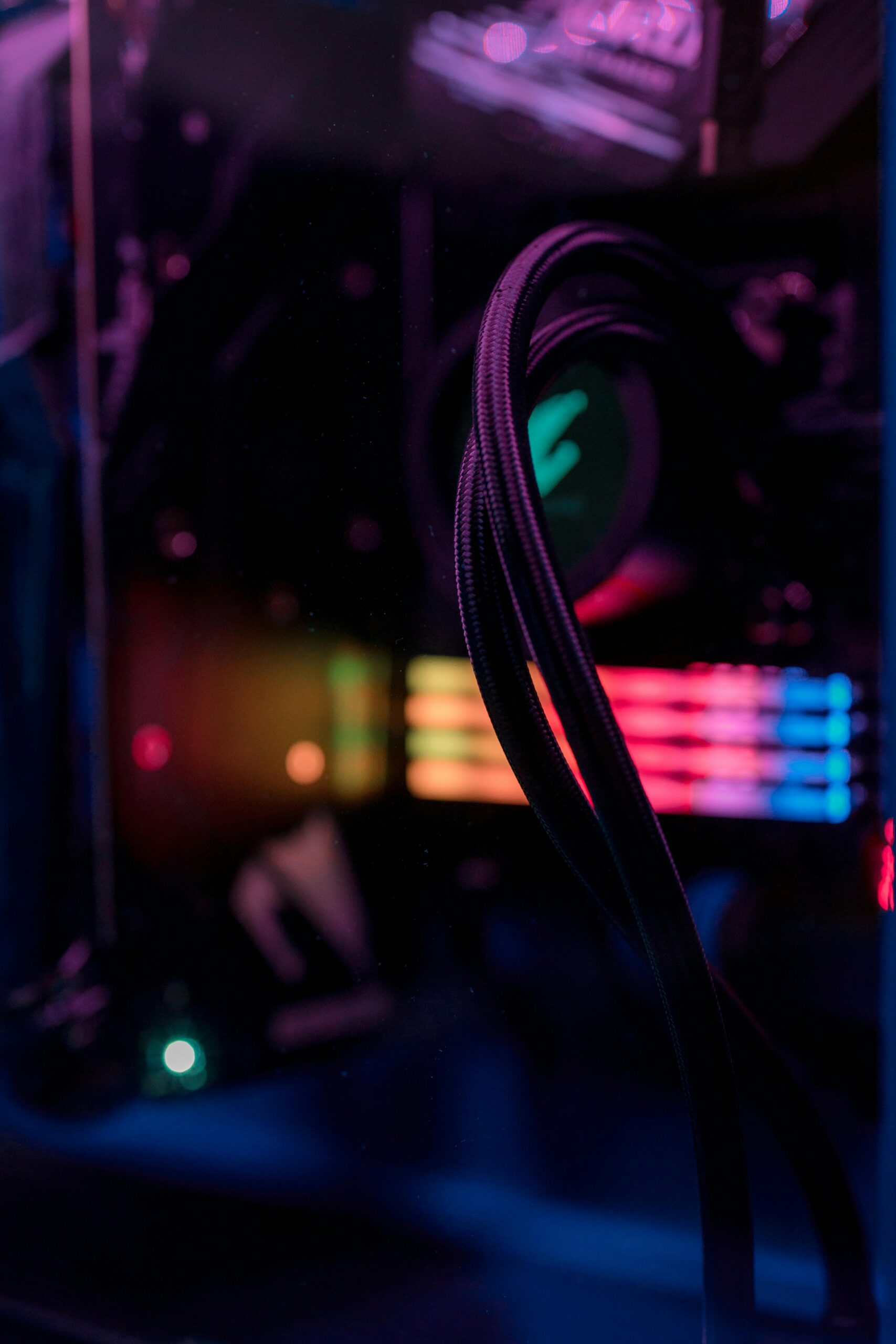PC gaming’s performance playbook used to be simple: lower settings or buy a faster GPU. Frame generation changed that calculus. By synthesizing intermediate frames between traditionally rendered ones, technologies like NVIDIA’s DLSS 3 Frame Generation and AMD’s FSR 3 can lift reported frame rates dramatically—often without touching visual presets. But raw numbers don’t tell the whole story, and getting the best experience requires understanding how these tools work and where they shine.
At a high level, frame generation relies on motion data to craft new frames that sit between the “real” frames the game engine renders. With DLSS 3, NVIDIA taps per-frame motion vectors plus an optical flow accelerator on RTX 40-series GPUs to infer movement of pixels and edges. AMD’s FSR 3 uses a similar motion-vector-informed approach when integrated in games, and also offers a driver-level variant called Fluid Motion Frames (AFMF) that analyzes frames without game-provided vectors. That distinction matters: game-integrated solutions generally track objects and UI more accurately, while driver-only methods can stumble on HUD elements, particle effects, or rapid camera cuts.

Hardware support differs, too. DLSS 3 Frame Generation is exclusive to RTX 40-series cards due to Ada’s optical flow hardware. FSR 3 is vendor-agnostic in supported games, working across many modern AMD and NVIDIA GPUs, though quality and stability vary by title and driver. AFMF expands availability further but brings stricter requirements (fullscreen modes, consistent frame pacing) and more visible artifacts in edge cases.
The biggest question around frame generation is latency. Because input is sampled per traditionally rendered frame, inserting synthesized frames can increase end-to-end latency if nothing else changes. NVIDIA mitigates this with Reflex, which drains the render queue and often offsets added delay; in some games, DLSS 3 + Reflex can feel as responsive as native rendering at lower FPS. AMD’s answer involves Anti-Lag technologies and per-game integrations that reduce queueing. Results depend on the title: some engines pair beautifully with frame generation, while others feel sluggish during fast mouse flicks or competitive play.
Image quality is another tradeoff. Expect occasional ghosting on thin geometry, HUD shimmer, or interpolation hiccups during heavy post-processing. A VRR display helps hide pacing irregularities, and a higher refresh rate (120 Hz or above) makes the synthesized cadence feel more natural. The best balance in many titles is to use upscaling in a “Quality” preset plus frame generation, rather than pushing ultra-aggressive render scaling. That way, native detail remains convincing while the frame rate jump smooths camera motion.
When should you use it? Single-player and cinematic experiences benefit the most, where smoothness is the priority and a few artifacts aren’t deal-breakers. Esports and twitch shooters remain the domain of native frames and minimal processing. If you do enable frame generation, consider these setup tips:
- Turn on NVIDIA Reflex (or the game’s low-latency mode) when available.
- Cap FPS slightly below your display’s max refresh to stabilize pacing with VRR.
- Prefer game-integrated FSR 3 or DLSS 3 over driver-only frame insertion when possible.
Frame generation isn’t magic, but it’s a meaningful third pillar alongside traditional rasterization and upscaling. As more engines expose cleaner motion data and developers design HUDs with interpolation in mind, the “feels weird” moments are shrinking. If you approach it thoughtfully—prioritizing the right games, displays, and latency settings—you can tap into fluidity that once demanded a whole new GPU.